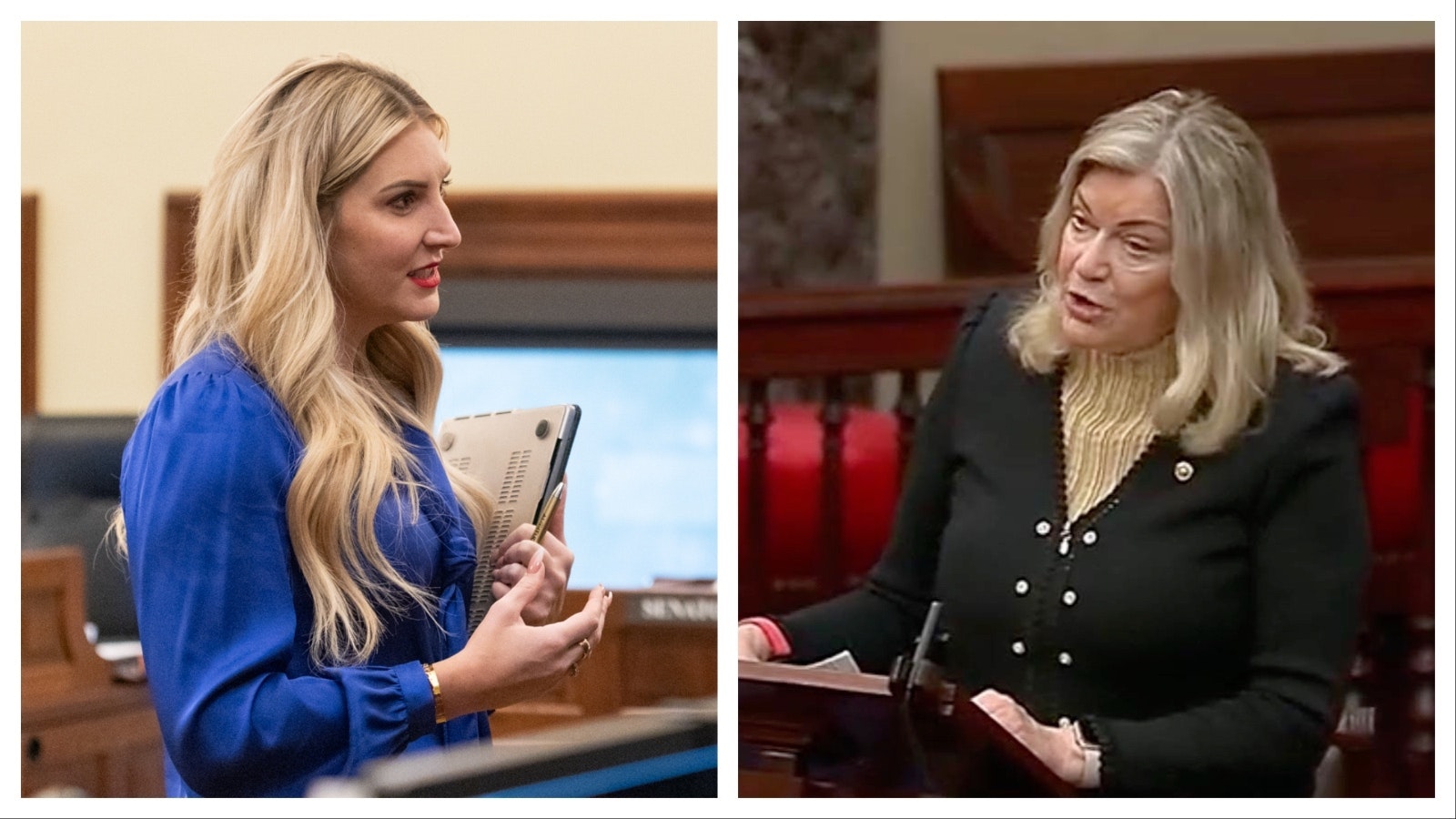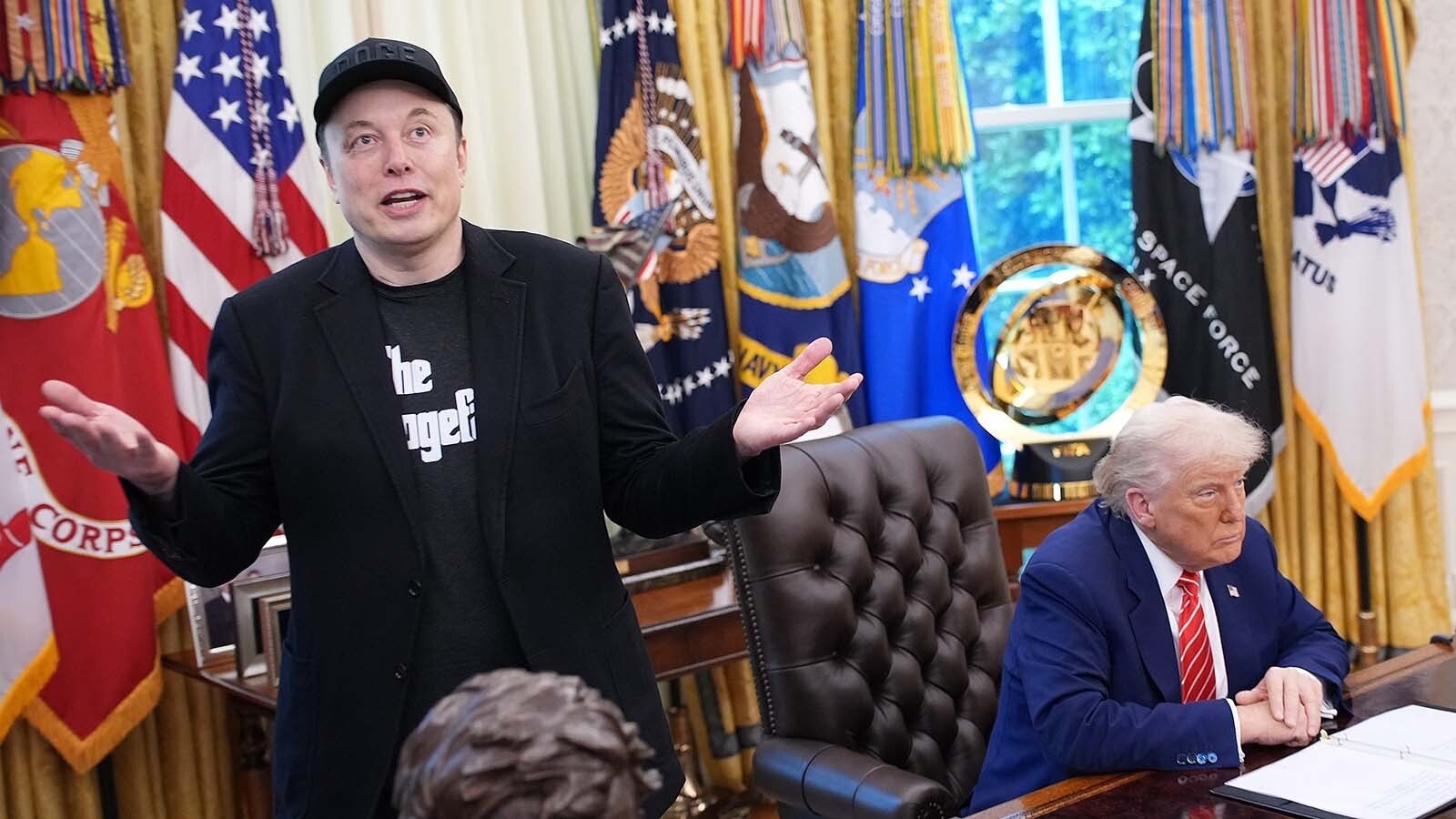By Clair McFarland, Cowboy State Daily
clair@cowboystatedaily.com
The gap between the number of registered Republicans and Democrats in Wyoming reached a level in July higher than any on record with the secretary of state’s office.
The percentage of registered Republicans as of July 1 was the highest since at least 1968, the earliest date for which records were available, while the percentage of registered Democrats was at its lowest point.
Political experts on Wednesday attributed the chasm between parties to changing values, changing laws, and political strategies like crossover voting.
“There’s no doubt that we’ve seen a real shift in the alignment of Wyoming voters. They’ve become more conservative, more aligned with conservative values, and that’s happened across the country in rural areas,” Matt Micheli, former chair of the Wyoming Republican Party, said in an interview with Cowboy State Daily.
But, added Micheli, ideological changes aren’t the only factor behind that shift.
There were 200,579 registered Republicans as of July 1 compared to 43,285 Democrats, for a split of about 71% to 15%.
Unaffiliated (34,925), Libertarian and Constitution Party (3,418) voters together make up the remaining amount.
That’s a huge swing from 1968, which is the earliest election-year archive available on the Wyoming Secretary of State’s website. In that year, registered Republicans made up 44.7% of the rolls, compared to a Democratic presence of 39.5%.
Unaffiliated voters haven’t boomed or busted drastically throughout those decades, starting at 15.9% in 1968 and ending at 12.4% this month.
But the gulf between Republican and Democrat in Wyoming in the past half-century has trended consistently larger.
Working Class Reddens
Besides the rural affinity for conservative values, Republican ranks have plumed as the party attracts more working-class voters, said Micheli.
He attributed some of the working-class attraction to former President Donald Trump, who as a lifelong businessman appealed to private-sector Americans.
But Joe Barbuto, chair of the Wyoming Democratic Party, said the shift’s origin dates all the way back to the early 1960s, when Wyoming passed right-to-work legislation banning mandatory union participation as a condition for employees.
As union participation decreased, so too did the presence of the unions’ typical bedfellow, the Democratic voter.
Barbuto said he wasn’t readily aware of union presence in the oil and natural gas business, but knew of unions in Wyoming’s coal and railroad industries.
The Cheney Factor
Not all Republican registrants identify as Republicans.
State GOP legislators this winter wrestled with and ultimately killed a bill that would have outlawed crossing from one political party to the other after primary-election candidate registrations open. The proposed law was designed to prevent Democrats from switching to Republican just long enough to sway the Republican primary election.
The discussion followed increasing Democratic affinity toward U.S. House Rep. Liz Cheney, who in January voted to impeach Trump. Cheney has since openly instructed Democratic voters on how to switch parties in a mass mailer dispatched in June.
There were 196,179 registered Republicans in January, or 70%, and 45,822 Democrats, at 16.4%. In the six months between then and now, the Republican numbers have grown a full percentage point and the Democrat numbers have dropped more than a full percentage point.
Gail Symons, a Republican who has painstakingly analyzed Wyoming voter statistics, said the gain in Republican voters between January and July could be due to Cheney’s adversarial relationship with Trump, but it could also be a sign that controversy itself motivates voters to register.
Symons emphasized that the total number of registered voters grew between 2020 and now, indicating a population influx, particularly of right-wing thinkers fleeing blue states for Wyoming.
The state has gained about 1,800 unaffiliated voters since 2020 as well.
‘They Just Stay Republican’
In the 2020 election, said Symons, there was actually more crossover from unaffiliated to Republican, and Republican to Democrat, than there was passage from the Democratic to the Republican party in time for the primary. Crossover voting altogether, including voters who switched back to their original parties after the primary election, only made up 3.5% of the total.
But there might be Democrats who have been registered as Republicans for most of their voting history, who wouldn’t have to cross over between elections, countered Micheli in his own interview.
“For a decade plus, Democrats that are savvy know that they can vote in Republican primaries,” he said, adding that often, “They just don’t switch back.
“So while I support legislation to limit or prohibit crossover voting, I almost feel like it’s too late. Anyone who’s smart enough or savvy enough to cross over, already has,” he said.
No Fun In The Primary For Dems
Barbuto, likewise, attributed the red shift to the increasing dominance of the state’s Republican primary.
“It seems like the final result of the primary is the final result of the race,” said Barbuto. “So a lot of Democrats, over the years, switched to Republican to vote in the primary, so they could have a say in who is elected.”
In many Wyoming precincts, Democratic primary ballots are often nearly-blank or feature limited names in partisan races.
Symons described the dominance of the Wyoming Republican primary as a progressive velocity: as Republicans gained traction throughout the decades, more people backed Republican politicians, and the pattern continued.
It’s About Messaging
Barbuto said party stereotypes are a product of clever messaging, but they also polarize the nation.
“The presumption is, nationally, Democrats are focusing on more urban and suburban areas and Republicans are working to appeal to rural America, and there’s this idea they’re (each) ignoring the other group,” he said. “That’s created a huge divide.”
Barbuto said in his experience, Democratic candidates and politicians in Wyoming do care about rural interests. He expressed a hope that the party could change its messaging and reconnect with Wyoming voters.
“The messaging from the Republicans has been effective in painting Democrats as the bad guy over the last decade or so,” he said, specifically pointing to a hyper-focus on some Democrats’ favor of green energy over traditional resources, “But it didn’t start with Donald Trump.”





